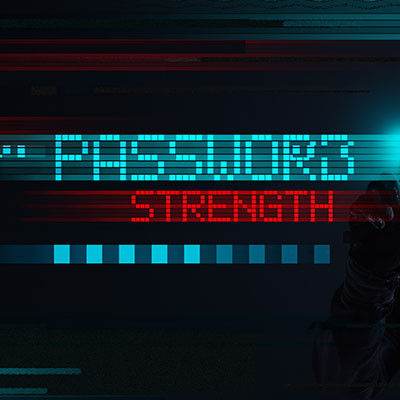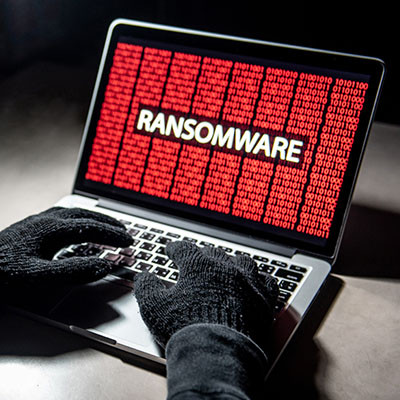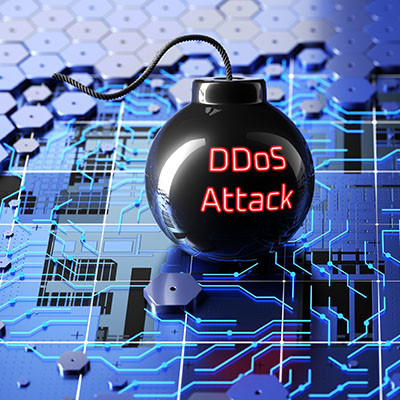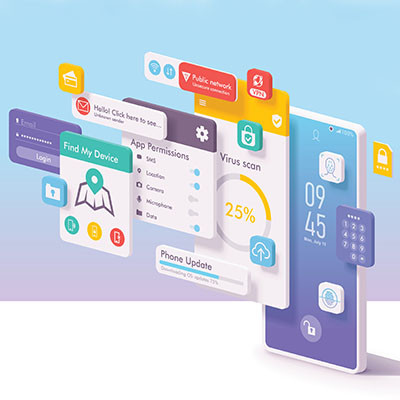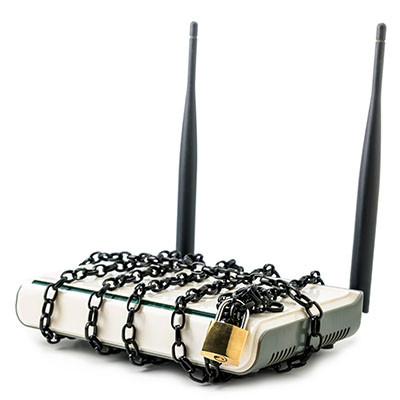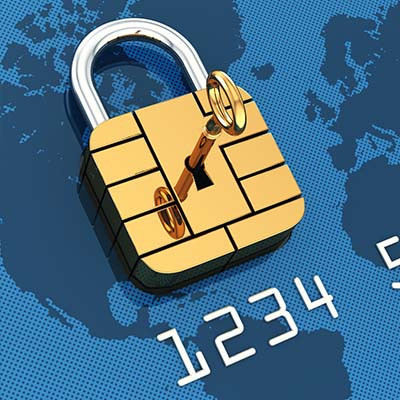We write a lot of blogs about how you can protect your network and data infrastructure from cybersecurity threats, but it’s equally important that you take time to assess and address issues related to your physical security infrastructure. Today’s blog will be dedicated to what goes into a successful physical security strategy and how you can ensure that you’re protecting your business’ assets in the best way possible.
ImageSys LLC Blog
When you get right down to it, your business is probably vulnerable to cyberattacks, no matter how prepared you are. There are countless ways you can improve your operations, but if you don’t take steps now to safeguard your company’s infrastructure, you could risk facing an even greater threat to your business’ future: a cybersecurity breach. There are simple steps that can be taken to help ensure your organization isn’t sunk by a random security breach.
If you have never heard of a botnet, they are scary entities indeed. Imagine countless connected devices from all over the world, all joined together by malicious actors who want to use these infected devices to launch massive attacks against businesses, organizations, and governments. One such attack was launched by a Russian botnet consisting of millions of Internet of Things devices. Thanks to the efforts of the United States Department of Justice and various law enforcement agencies throughout Germany, the United Kingdom, and the Netherlands, it has been brought to a halt.
Creating secure passwords is not always the easiest thing in the world, as evidenced by many individuals opting to go with the same password for multiple accounts. Thankfully, you have us to help walk you through how to make a secure password. Let’s discuss some of the best practices associated with passwords and how you can get started using them to maintain security for your online accounts.
How many scams and spam messages do you receive on a daily basis? We bet it’s more than you think. Scams affect countless individuals and can cost a pretty penny if they are not handled appropriately. Let’s go over why some individuals might be more likely to fall for scams than others, as well as what you can do to keep your employees from inadvertently costing your company
You can’t check the news without seeing the word “ransomware” plastered across the screen. It’s a major threat for businesses in just about any industry and of any size. In order to keep your business safe both now and into the future, you’ll have to implement adequate security measures that can put a stop to these types of threats. Of course, it’s easier said than done, especially when certain data is more likely to be targeted than others.
Continuing their record of the past few months, Cloudflare has stopped yet another DDoS attack—this time, one of record-breaking severity. According to the company, this attack—specifically, an HTTPS DDoS attack—was the largest one ever recorded.
Let’s explore what this kind of attack is in the context of what happened, and what you can do to help keep your business safe.
When it comes to mobile devices, you have a fine line to tread with security. On one hand, you want to make sure your devices are protected properly from all manners of threats. On the other, you need to balance this with productivity, and ensuring that your employees don’t feel overly restricted by your policies. To help you implement appropriate mobile device security practices, we’ve put together three of the top issues you should plan for and how you can address them.
Have you ever thought about protecting a specific file or folder on your computer? You could always hide the file, but this isn’t doing much to protect it from anyone who has access to your computer and its settings. Sometimes it takes a stronger approach. Windows has some basic file encryption functionality built into it, so let’s go over how you can use it to protect a specific file or folder on your computer!
Millions of people find themselves sitting in front of a computer moving files around and corresponding with people over the phone, through email, or updating info in the company’s line of business app. What many of them don’t know, however, is that, at any time, they are only a couple of clicks away from causing major problems for their company. Therefore, it is extremely important to train your staff on what to look for and how to address those situations when they do arise.
Cybercrime is often thought of as a loner’s game. There is this misconception that all hacks are carried out by hoodie-clad people in dark corners of a room. Nothing could be further from the truth. Today, we will take a brief look at organized cybercrime and why its growth is an ominous sign for businesses.
Your wireless routers do a lot of heavy lifting, and give a lot of devices access to the rest of your network. Protecting your personal and business data is extremely important, and if you can secure your router it can go a long way toward tightening up your network’s security. Let’s take a look at a couple of practices that work to keep your wireless Internet secure.
A major concern for your business is protecting the credit card data you collect from your customers and clients, but you also need to ensure that the company credit card you use to make purchases is secure. Here are some tips, tricks, and best practices you can use to keep this incredibly important asset safe and secure.
Technology drives almost everything in modern society, so it’s not a surprise to see hackers being represented in the entertainment we consume. They don’t always get it right, however. In fact, most of the computing constructs demonstrated in entertainment don’t actually exist in real life. This week, we thought we’d briefly discuss the differences between hackers in real life and the ones consistently represented in today’s movies and TV.
Cybersecurity is anything but a new concept, and if recent and current events are any indication, the concept isn’t going anywhere anytime soon. Let’s take a few moments to consider some of the bigger threats currently out there, and how they will influence the threats we see going forward from here.
It’s often difficult to figure out who and what you should trust with your business’ cybersecurity. How can you know for sure that each individual accessing your infrastructure is secured from threats? A zero-trust model can help by providing reassurance that everyone accessing your network is who they say they are.
If your business struggles with network security, you’re not alone. It’s one of the most challenging parts of running a business, and even if you do invest a ton of time, effort, and money into your security systems, chances are you could still be doing at least something better. Today, we want to talk about three ways you can improve your company’s security without completely draining your bank account.
News flash, cybersecurity is pretty important, and the Internet is chock-full of threats that you need to take seriously. However, with today’s youth practically growing up connected to the Internet, it becomes even more important than ever to ensure that they are aware of cybersecurity best practices early in their lives. To this end, Google has created a platform called the Be Internet Awesome initiative.




